If you own a rower (or are thinking of getting one), you might be wondering: “What is the best rower workout routine I should follow?” The short answer is: there’s no one-size-fits-all. The best rower workout depends on your goals, fat loss, endurance, speed, or general fitness and your time, recovery ability, and experience. But with structure, you can turn every session into progress.
In this article, we’ll break down how a good rower routine is built: from the underlying technique and variables (duration, intensity, rest) to sample programmes tailored for beginners, HIIT lovers, and advanced users. We’ll share technique tips, progression strategies, recovery advice, a unique “swap” approach to beat plateaus, and metrics you should track. You’ll also find quick visual guides you can use to referece your sessions. Whether you row 15 minutes a day or 60, this guide will help you structure your workouts with purpose and get better results from your rowing machine.
Understanding the Rowing Machine & Stroke Phases
To create an effective routine, you must understand how the rower works and how your body moves through a stroke. A row is commonly broken down into four phases: catch, drive, finish, and recovery. At the catch, you begin with legs bent, arms forward, back neutral. The drive is powered primarily by your legs, then torso, then arms. At the finish, your legs are extended, torso leans back slightly, and arms pull the handle in. Then you go into recovery by reversing that motion: arms release, body leans forward, then knees bend.
Proper form matters not just for efficiency but for injury prevention. A common beginner mistake is trying to row using arms first or hunching the back, which places stress on spinal joints. Consistent form lets you deliver more power per stroke and row longer without breakdown.
Also note: your split time (for example 2:00 / 500 m) and stroke rate (SPM) are two critical variables for pacing. You could row at a low stroke rate but high split time, or push a higher stroke rate while controlling pace. Good routines leverage both.
 Key Variables to Build Your Routine Around
Key Variables to Build Your Routine Around
When designing any rower workout, you juggle these four variables:
- Duration / Volume – How long the session is (e.g. 20, 30, 45 minutes, or a 5K/10K distance).
- Intensity / Pace – Your split time or power output (e.g. target a 2:10 / 500m pace or a percentage slower than your max).
- Rest / Recovery Intervals – In interval workouts, rest or active recovery periods define the shape of your session.
- Resistance / Drag Factor Settings – On many rowers, you can adjust drag or resistance. Higher drag simulates heavier rowing, lower drag gives a faster feel.
By manipulating these, you get varied workouts: long steady rows, interval blasts, pyramid structures, or tests. The interplay of duration vs intensity often defines your adaptation (endurance vs power). As your fitness improves, you can increase volume or intensity gradually but avoid big jumps to prevent overtraining.
A typical guiding principle: if your technique starts to break down, you’re pushing too hard for that session. Always err slightly conservative when building new habits.
Types of Rower Workouts & When to Use Them
Different workout types serve different training goals. Here’s a breakdown:
Steady-State / Endurance Sessions
These are longer, consistent-pace row sessions — e.g. 20 to 40 minutes at moderate effort. Great for aerobic base building and fat-burning. For example, a 30-minute row at 75–85% of max sustainable pace. Many training plans from British Rowing, for instance, feature base weeks built around steady-state erg work. British Rowing
Interval Training / HIIT
Short, high-intensity bursts followed by rest or low-effort recovery. E.g. 1 min hard / 1 min easy × 12 rounds. Mens Health recommends a 1:1 interval (row hard 1 minute, rest 1 minute) repeated 12 times. Men's Health This style is excellent for metabolic conditioning and time efficiency.
Pyramid / Ladder Workouts
You gradually increase intensity or duration, then descend. For example: 1 min / 2 min / 3 min / 2 min / 1 min. T‑Nation describes pyramid sets like 5 min @ 18 SPM, then 4 min @ 20, 3 min @ 22, etc., then descending. T NATION
Distance / Time Trials
Set a target distance or time (e.g. 5K, 10K, 20 minutes) and aim for the fastest sustainable pace. These tests help benchmark fitness and track progress.
Mixed Modal / Circuit Workouts
Combine rowing segments with strength or bodyweight moves. For instance, row 500 m, then do 10 push-ups, then row 400 m, etc. This keeps variety and fatigue management in check. NRG Sports Therapy suggests combining rowing with other exercises in interval circuits. NRG Sports Therapy
Use steady-state for base days, intervals for stimulus days, and time trials for progress checks.
Sample Rower Workout Routine Plans
Here are sample routines you can try or adapt:
20–30 Minute Beginner Routine
- Warm-up: 5 min easy row
- Main: 4 × 3 min moderate effort / 2 min easy row
- Cool-down: 5 min easy row and stretching
30–45 Minute Fat-Burning Session
- Warm-up: 5 min
- Main: 3 × 8 min at tempo pace (slightly harder than base) / 4 min easy row
- Cool-down: 5 min
HIIT Blast: 12 × 1 min
- Warm-up: 8 min
- Main: 12 × (1 min hard / 1 min easy)
- Cool-down: 5 min
Pyramid Example
- Warm-up: 5 min
- 1 min @ high effort
- 2 min @ moderate
- 3 min @ tempo
- 2 min @ moderate
- 1 min @ high
- Rest 3 min
- Repeat or finish
- Cool-down: 5 min
5K / 10K Time Trial
- Warm-up: 10 min
- 5K row at sustainable max pace
- Cool-down: 5 min
- Option: Add a second 5K after rest
Rotate these routines across a 4‑week cycle: e.g. base, interval, test, recovery.
How to Progress & Avoid Plateaus
Progress is essential. After 2–3 weeks, you can:
- Increase session duration by 5–10%
- Add another interval or round
- Raise intensity (split time or drag) slightly
- Reduce rest intervals
- Change workout type (e.g. replace a steady day with a pyramid)
To avoid plateau, use the 3-day Swap Approach: never do the same workout type thrice in a week. For example: interval day, endurance day, “fun experiment” day (pyramid or mixed). This variety forces adaptation and keeps motivation high.
Also schedule a recovery week every 4–6 weeks: row at lower intensity, reduce volume, keep technique sharp.
Technique & Form Tips for Better Efficiency
Technique is your foundation. Good form helps you row harder for longer, with less injury risk. Key pointers:
- Legs first: drive the catch with legs, then hinge, then pull arms
- Don’t over-lean: your torso should lean back only slightly at the finish
- Relaxed grip: tight grip wastes energy
- Core engaged: keep your core braced to avoid hinge at lumbar spine
- Common drills: arms-only rows, legs-only rows, pause drills at parts of stroke
As internal insight: many rowers obsess over splits too early. Instead, spend your first weeks mastering form at a conservative pace. This compounds in efficiency and long-term gains.
Integrating Rowing with Strength & Cross-Training
Rowing is powerful, but combining it with targeted strength training amplifies performance.
- Focus on posterior chain lifts (deadlifts, Romanian deadlifts, front squats) to support your leg drive. Rowing Stronger
- Use bodyweight pushing and pulling (push-ups, rows) on rowing-free days.
- Alternate rowing days with cycling, swimming, or running if you enjoy variety — but avoid repeating heavy lower-body load on consecutive days.
- On rest days, avoid megadoling entire recovery — you can do mobility, light core, stretching.
Rowing is great cardio, but it’s more of muscular endurance work than strength training, so balance accordingly.
Recovery, Injury Prevention & Listening to Your Body
To stay consistent, you need to recover smartly.
- Take at least 1 full rest day per week (or active rest).
- Do flexibility work, especially for hips, hamstrings, and shoulders.
- Watch for signs of overuse: persistent fatigue, back soreness, performance drop.
- If pain arises in back or knees, reduce volume and review technique (often posture or overreach is the culprit).
- Adjust workouts: shorten or lighten sessions when under stress (work, sleep, illness).
Recovery is as much part of your rower workout routine as the hard sessions.
Tracking Progress & Metrics That Matter
To know whether your routine works, use metrics:
- 500 m split times – benchmark over time
- Stroke rate (SPM) vs efficiency – compare consistency
- Watts or power output (if your rower tracks it)
- Heart rate zones – track aerobic vs anaerobic zones
- Weekly volume (metres or minutes) – graduation of load
- Perceived exertion (RPE) – how hard the effort feels
Keep a simple training log. Every 4–6 weeks, retest a 5K or time trial to see gains.
Quick Takeaways
- The “best rower workout routine” depends on your goals — no single template fits all.
- Core variables are duration, intensity, rest, and resistance.
- Use a mix: steady-state, HIIT, pyramids, time trials, and mixed circuits.
- Progress with small increments and swap workout types to avoid plateaus.
- Technique is critical — legs → hips → arms, core engaged, relaxed grip.
- Combine with strength training and cross-training smartly.
- Recover well and listen to your body.
- Track performance metrics (splits, stroke rate, power, HR) to monitor progress.
FAQs About Rower Workout Routines
-
How often should I row each week?
A good starting point is 3–4 sessions per week, mixing intensity and steady-state days, allowing rest between heavier sessions. -
Which is better: 30-minute steady row or interval session?
It depends on your goal. For endurance and base, steady rows help. For fat loss or metabolic boost, interval work is more efficient. -
Can I lose weight just by rowing?
Yes, when paired with proper nutrition. A 20–30 minute interval session can burn significant calories. Many guides include cardio + strength circuits to increase total calorie burn. Men's Health -
At what resistance/drag should I row?
Start at a moderate drag factor (often 100–120) to allow good rhythm. Avoid going too low (you lose resistance) or too high (you strain technique). Adjust as you improve. -
When should I change my rower routine?
Every 4–6 weeks, adjust by increasing volume (meters or time) or intensity (faster splits, harder intervals). Add variation like pyramids or circuit formats to avoid adaptation.
Conclusion & Call to Action
Designing the best rower workout routine is about more than showing up — it’s about structuring sessions around your goals, progressively challenging yourself, and doing so while preserving form and recovery. By understanding how to manipulate duration, intensity, rest, and resistance, you can tailor sessions that deliver results whether your aim is fat loss, endurance, or peak fitness.
Start with simple routines (20–30 minute moderate rows or 1:1 intervals) while you hone your technique. After 4–6 weeks, introduce variety: a pyramid session, a time trial, or mixed circuits. Use metrics like split times, stroke rate, and power output to guide progression. And don’t forget recovery — rest and mobility are the glue that holds gains together.
Now it’s your turn: pick one of the sample routines above, try it this week, log your splits and notes, then reassess in a month. If you’d like downloadable plans, printable logs, or JLL rower-specific routines, I’m happy to help create those next. Let’s get rowing smart, not just hard.
Reader Feedback & Share Prompt
I’d love to hear from you: which rower workout routine are you going to try first — and why?
Drop a comment below and let others in the community learn from your experience.
If you found this helpful, please share it with a friend who’s building a home gym. Let’s row strong together! 🚣♀️
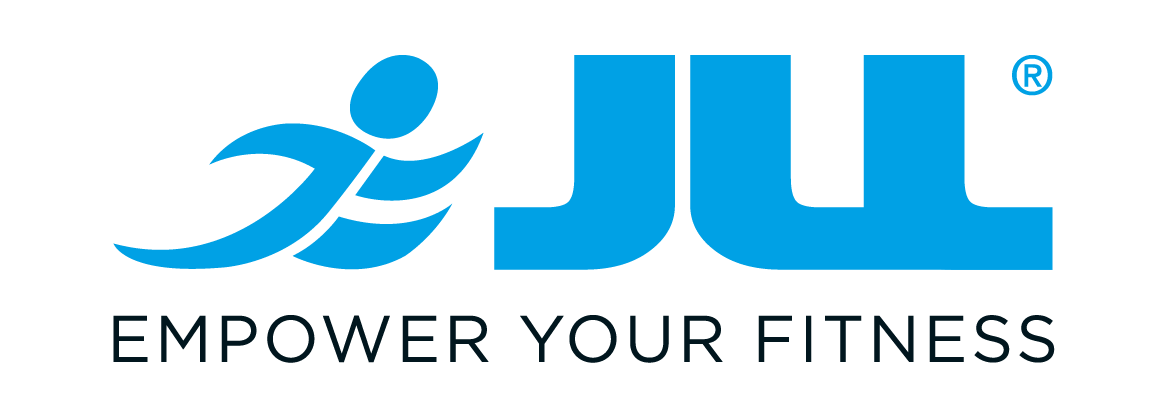
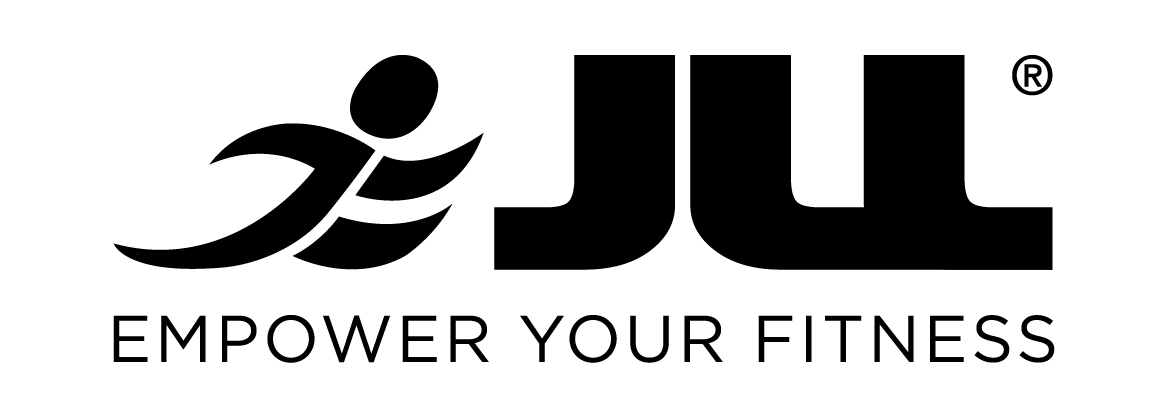
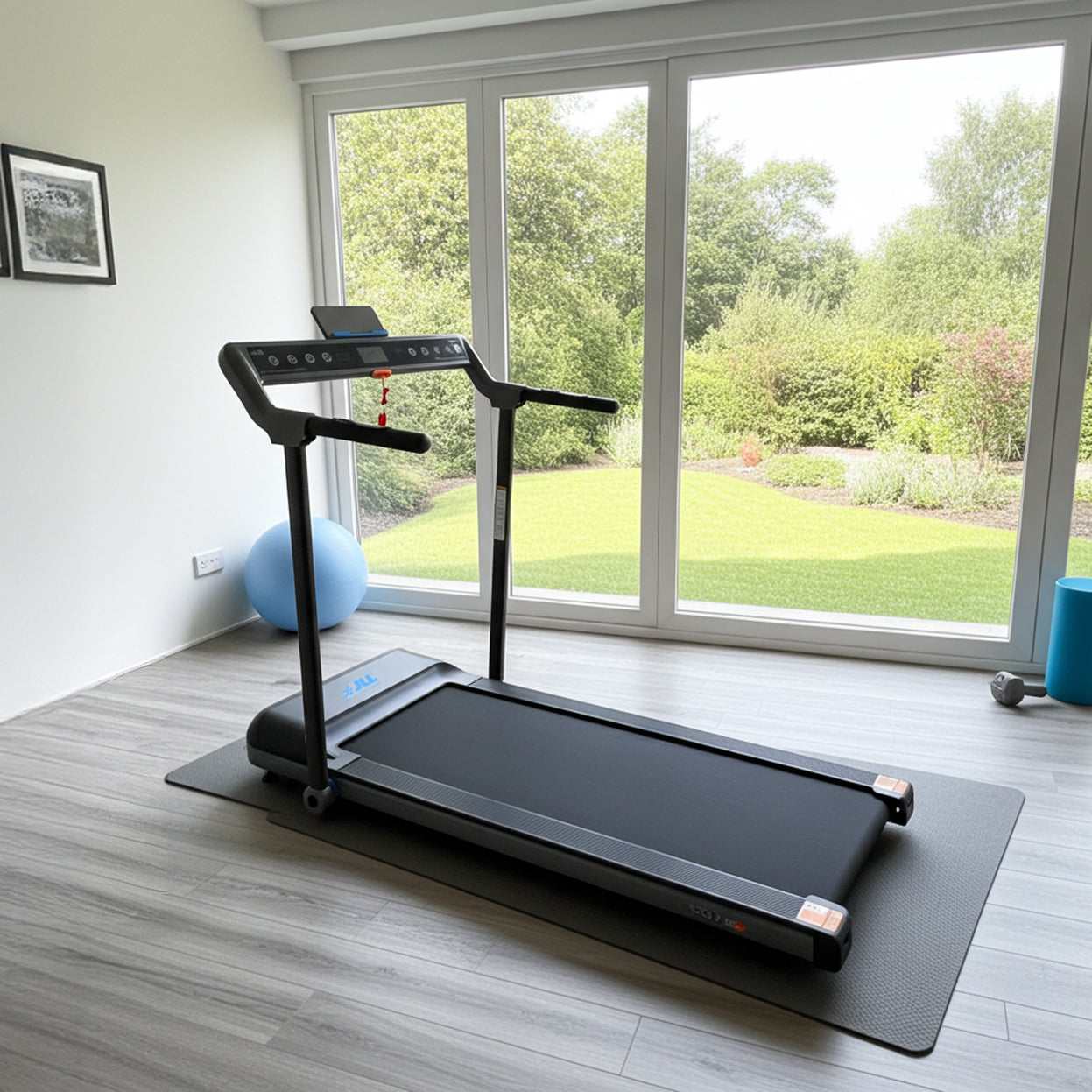
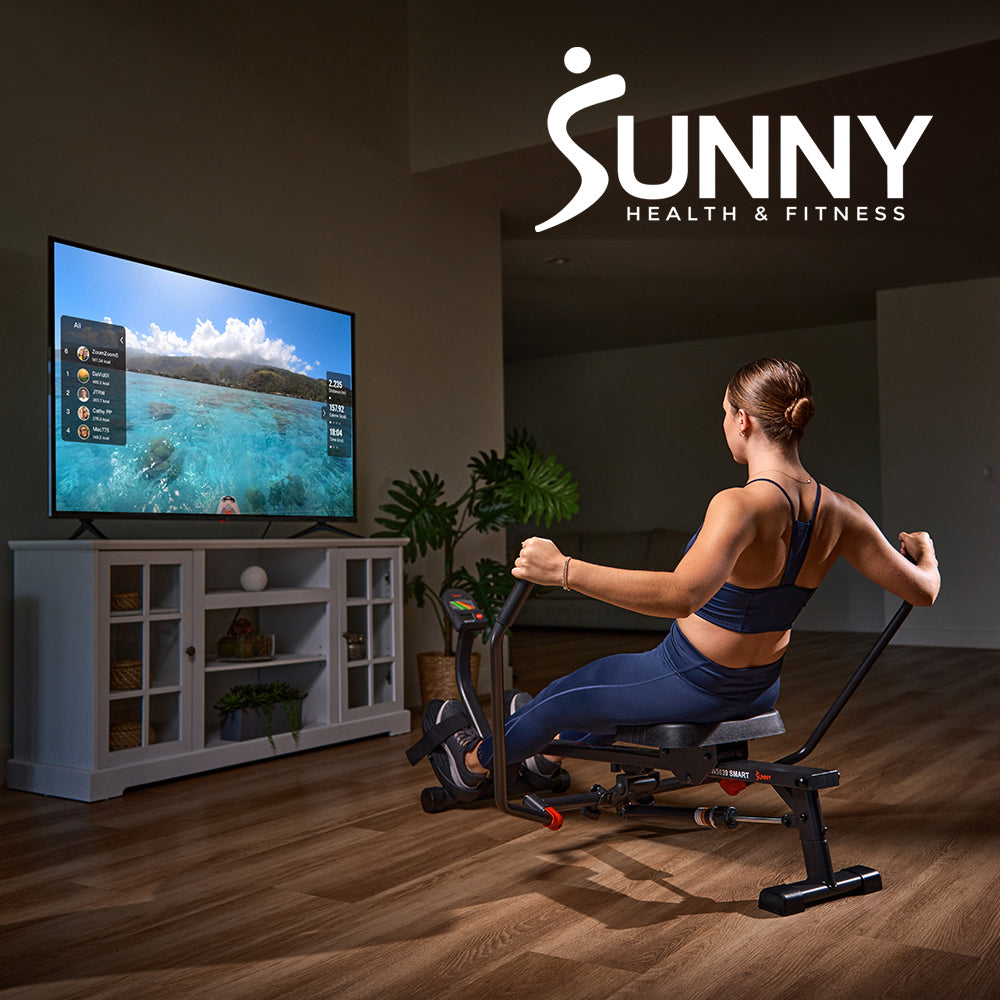
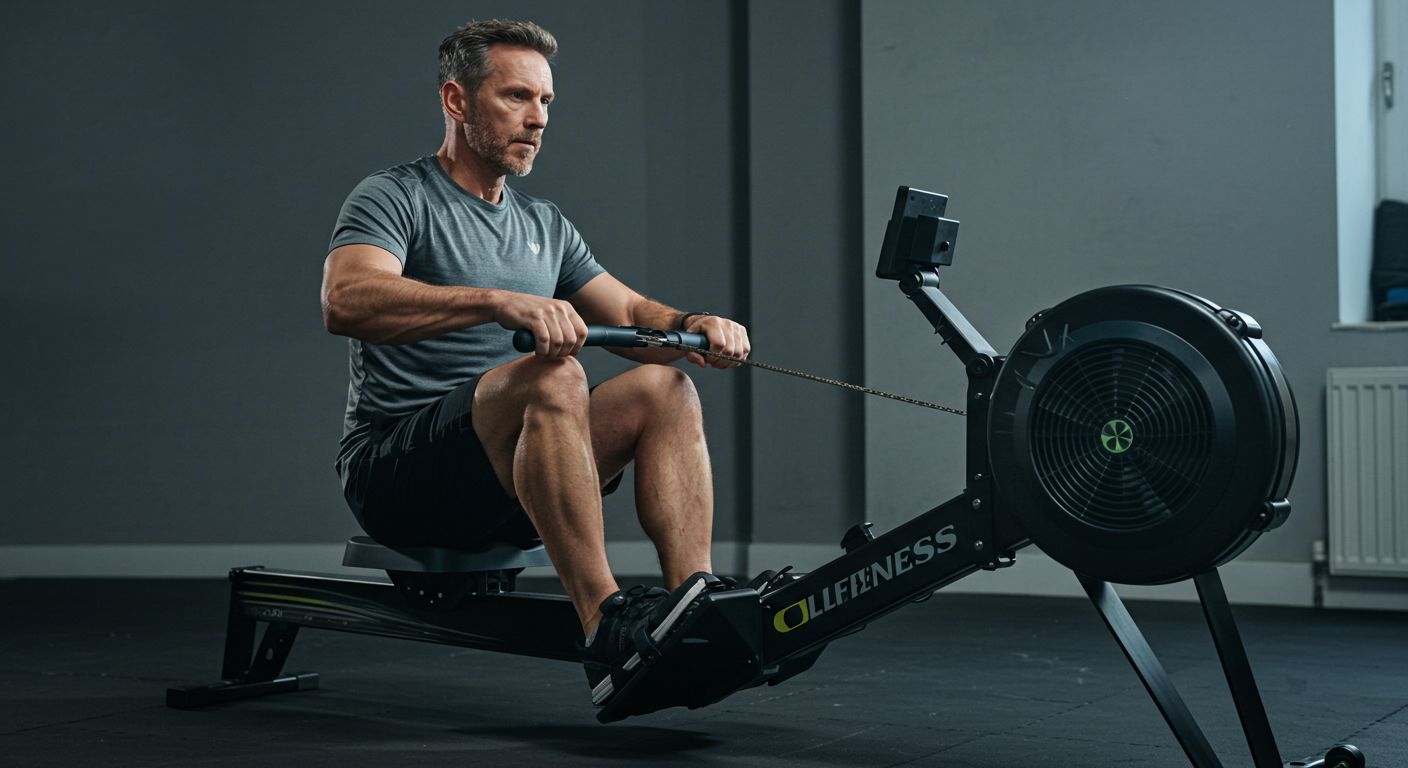
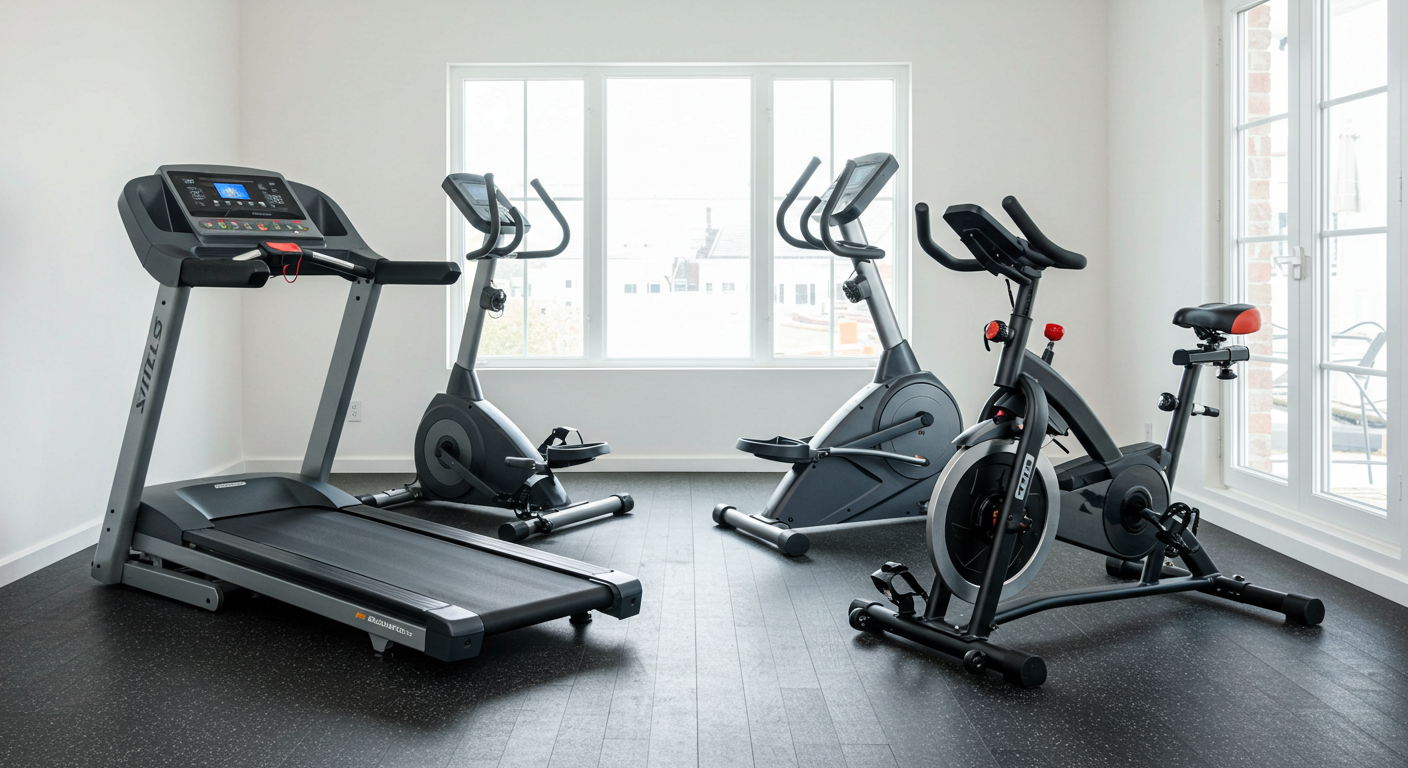
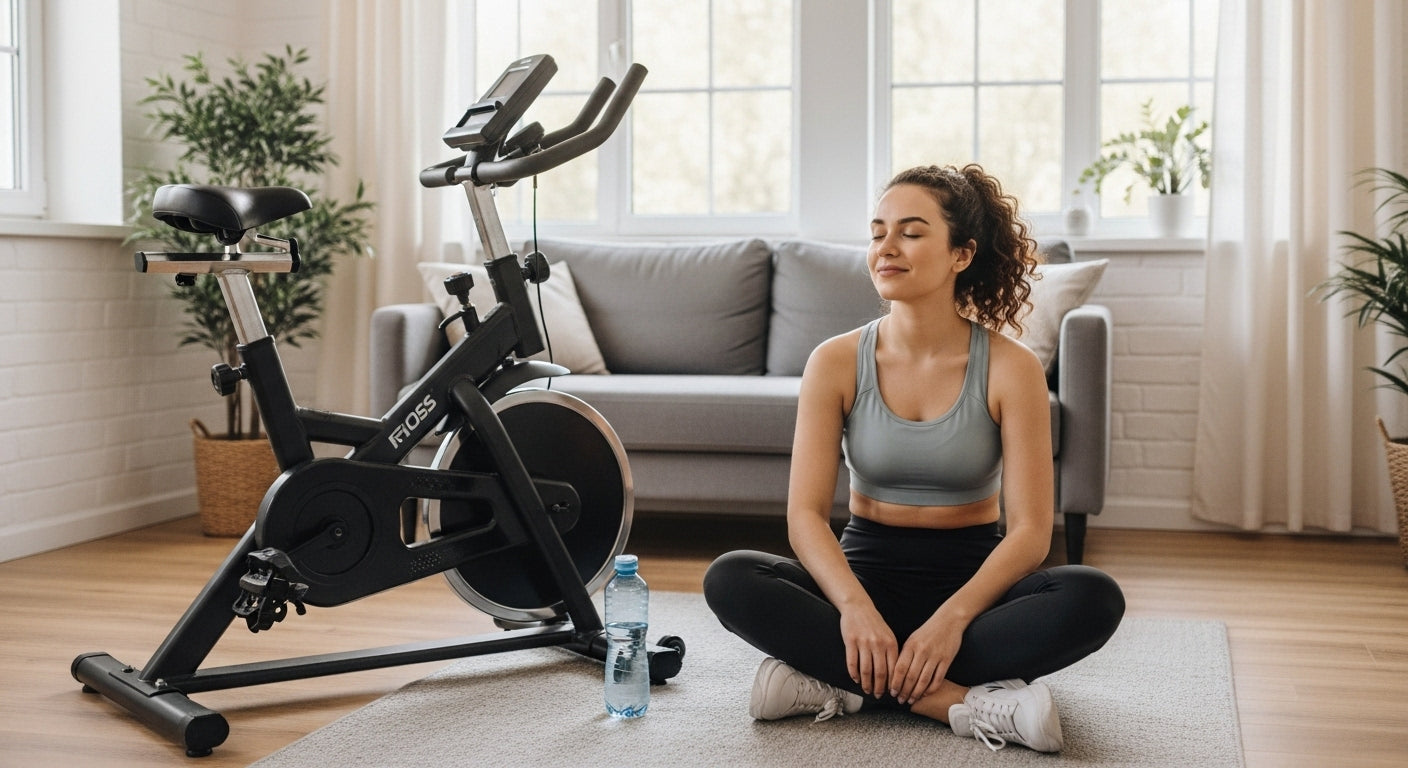



Leave a comment
All comments are moderated before being published.
This site is protected by hCaptcha and the hCaptcha Privacy Policy and Terms of Service apply.